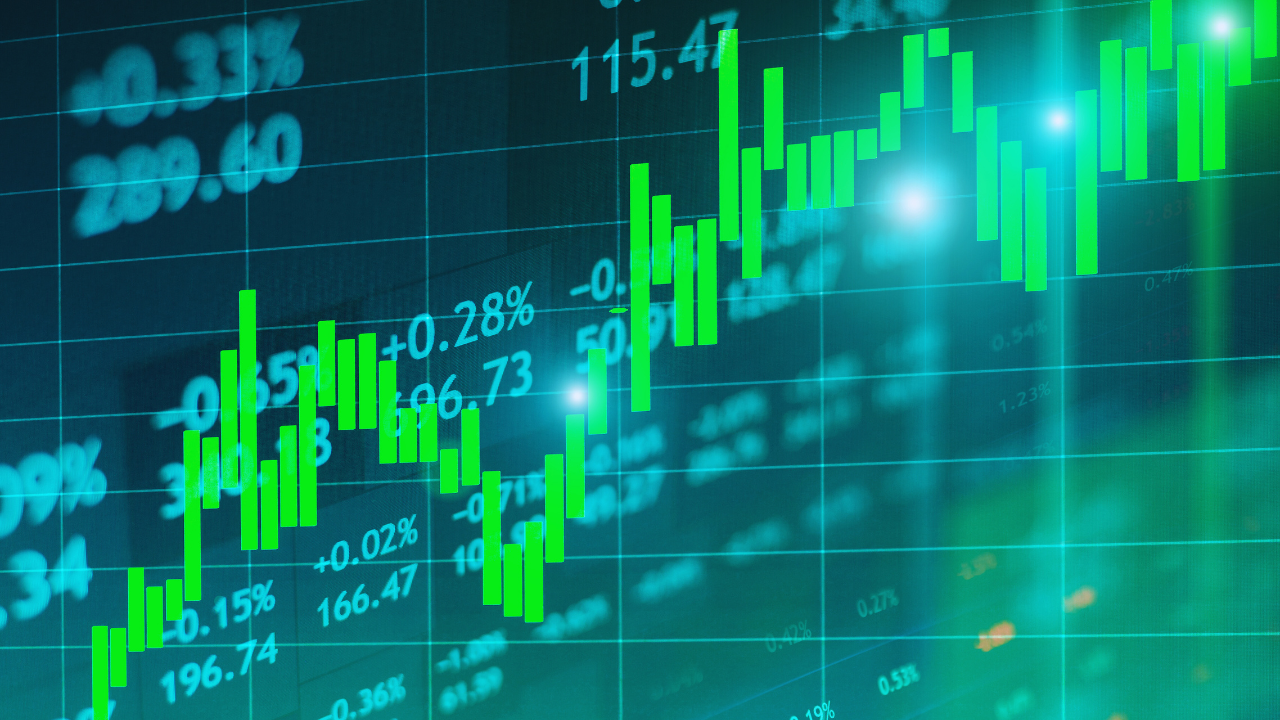Nike (NYSE: NKE) shares shocked the market this week, surging more than 15% in a single day and over 21% in the past five days — even as the company reported a slew of worrying metrics, including falling sales, declining margins, and looming billion-dollar tariff costs. The rally has left many investors scratching their heads: how can a company posting its worst revenue and earnings declines in five years suddenly become a Wall Street darling?
Here’s what’s driving the surprising move — and whether it’s sustainable.
The Bad News: Falling Sales, Weak Margins, and a China Problem
Nike’s fiscal fourth quarter ended May 31 saw revenue plunge 12%, gross margins fall by 440 basis points, and revenue in China — once one of its most lucrative growth markets — drop 20%. Management also forecast mid-single-digit declines in sales for the current quarter and warned tariffs could cost the company nearly $1 billion as it scrambles to diversify supply chains away from China.
Foot traffic at Nike stores has been declining since last year, although the pace of decline slowed slightly in May. In many respects, the fundamentals paint a bleak picture.
The Unexpected Spike: Beating Low Expectations
So why the surge? The answer lies in the difference between bad and worse-than-expected. Despite grim numbers, Nike beat analyst forecasts:
- Earnings per share exceeded expectations by 14.2%.
- Revenue came in 3.48% above estimates.
- Same-store sales rose 2% compared to expectations of a 2.6% decline.
Investors interpreted these results as a sign that Nike’s worst days might be behind it. Market sentiment quickly shifted to a belief that the company’s operational turnaround is starting — even if tangible results aren’t visible yet.
The Bullish Case: Signs of a Turnaround
Some analysts argue Nike is on the cusp of righting the ship. Bulls point to:
- Improved inventory management, which management says should strengthen by year-end.
- New product launches expected to refresh Nike’s appeal.
- Better-than-feared results, suggesting challenges were already priced into the stock.
- Nike’s massive global brand and 87% CEO approval rating from employees, indicating organizational confidence.
The surge reflects renewed optimism that Nike’s recent operational tweaks could pay off sooner than expected, allowing the company to underpromise and overdeliver — a dynamic that often excites investors.
The Bearish Case: Tariffs, Competition, and a Tough Track Record
Despite the optimism, serious risks remain:
- Tariffs alone are expected to cost Nike $1 billion, a headwind that could weigh on profitability for quarters to come.
- Intensifying competition from fast-growing online retailers, cheaper brands on platforms like Amazon and Temu, and niche upstarts threaten Nike’s market share.
- China sales weakness could persist if geopolitical tensions continue to disrupt global supply chains and consumer spending patterns.
- Valuation concerns loom large. Nike’s forward PEG ratio sits at 2.29 — well above the level (around 1.0) typically considered “fair value.”
Longer-term returns paint an uninspiring picture: Nike shares are down 23.5% over the past year, down nearly 5% year-to-date, and down over 23% in the past five years — a stretch marked by consistent underperformance relative to the broader market.
Analyst and Insider Sentiment: A Mixed Bag
According to recent data:
- Hedge funds have mostly been selling Nike in recent months, with nearly 75% offloading shares after Q1 results.
- Insiders’ trades were split, with 61% selling in May 2025.
- Analysts are divided, with 48% rating Nike a “buy,” 48% a “hold,” and around 5% a “sell,” reflecting uncertainty about the company’s path forward.
The Bottom Line: A Turning Point or a Temporary Spike?
Nike’s big one-day gain highlights how quickly sentiment can change when a beaten-down stock shows signs of resilience. But challenges remain significant: a potential $1 billion tariff hit, ongoing weakness in China, and fierce competition in the apparel sector. Investors should ask themselves whether this rebound marks the start of a sustained recovery — or simply a relief rally after better-than-expected results.
For long-term investors, Nike’s global brand strength, steady dividend yield (2.22%), and moderate PE ratio of 23.97 offer reasons to keep it on the radar. But with recent years marked by stagnation and mounting competitive pressures, caution is warranted before assuming the turnaround is guaranteed.
